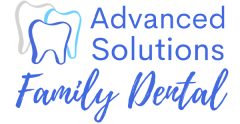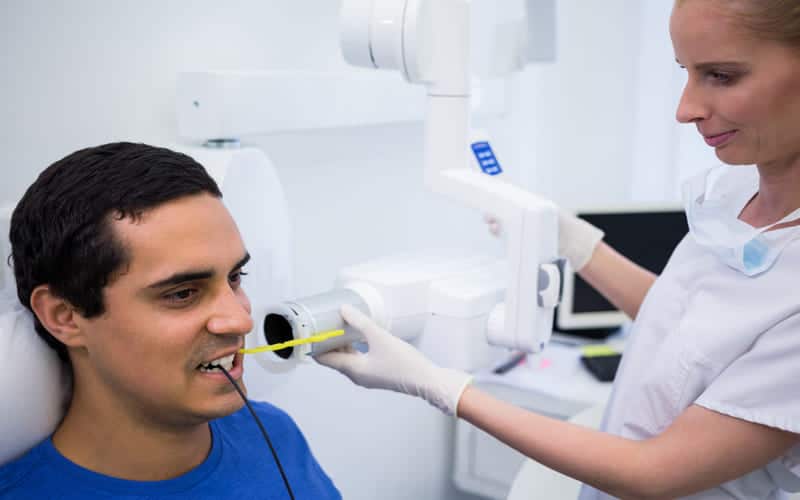Oral cancer screening, which includes a complete examination of the mouth cavity, visual and tactile inspections, and expert testing, is a critical preventative healthcare measure. Regular screenings assist in early cancer diagnosis and maintaining oral health, encouraging a better, cancer-free life.
Understanding Oral Cancer
Oral cancer, which includes cancers of the lips, tongue, and mouth, poses a significant threat to health. Recognizing the risk factors and being aware of common symptoms and signs is vital for early intervention. By understanding the nature of oral cancer, individuals can better appreciate the importance of regular screenings.
Benefits Of Early Detection
Early identification of oral cancer has several advantages, including better treatment results and overall prognosis. Screenings enable earlier intervention, less intrusive therapies, and an overall improvement in patient quality of life. Regular tests would allow people to take control of their health and maintain a healthy lifestyle.
The Significance Of Oral Cancer Screenings
Cancer of the mouth, lips, tongue, and throat is known as oral cancer. The earlier it is diagnosed, the higher the odds of therapy success. Regular oral cancer screenings are an essential aspect of preventative healthcare, especially for people who have risk factors, including smoking, heavy alcohol intake, or a family history of mouth cancer. These checks are intended to detect anomalies and possible cancer symptoms before symptoms appear.
How Is Oral Cancer Screening Conducted?
1. Visual Examination:
The first stage in an oral cancer screening is usually a visual examination of the mouth cavity. A qualified healthcare expert, often a dentist or oral healthcare specialist, checks the lips, gums, tongue, cheeks, roof, and floor of the mouth. They examine for color changes, textural alterations, and the appearance of odd lumps or bumps.
2. Physical Examination:
The healthcare professional may perform a physical examination to look for any anomalies in the oral tissues. This might entail palpating the lymph nodes around the jaw and neck for swelling or pain, which could indicate a problem.
3. Expert Tests:
Trained testing may help in the screening procedure in specific circumstances. This can include using dyes or lights to highlight aberrant cells. If any problematic spots are found, a brush biopsy or tissue sample may be collected for further investigation.
4. Imaging Tests:
Advanced instances or situations where oral cancer is suspected may demand imaging studies such as X-rays, CT scans, or MRIs. These examinations offer a more thorough look at the structures within the mouth and can help confirm or rule out malignancy.
The Importance Of Regular Screenings
Regular oral cancer screenings are critical for finding abnormalities before symptoms develop, boosting treatment chances, lowering risk factors for people who already have risk factors, and encouraging early detection and treatment of oral disorders. These screenings include an oral cavity check, visual and physical exams, and trained testing. Understanding and appreciating their significance might help you live a healthy, cancer-free life.
Risk Factors For Oral Cancer
Oral cancer is a potentially fatal disease that is impacted by several risk factors. Tobacco usage, heavy alcohol use, HPV infection, UV radiation exposure, poor oral hygiene, and chronic irritants all contribute to an increased risk. Understanding these risk factors is essential for prevention, early identification, and focused therapies. Regular dental exams, lifestyle changes, and avoiding identified risk factors are all important components of oral cancer preventive efforts.
Oral cancer screenings, IL, are a multi-step process that includes several measures to guarantee a complete inspection. Each component, from visual inspections to expert testing, is critical in identifying possible problems early on. Let us not ignore the importance of frequent screenings as we negotiate the terrain of preventive healthcare—a little investment in time that may offer tremendous dividends in the shape of early diagnosis and, ultimately, a better life.

